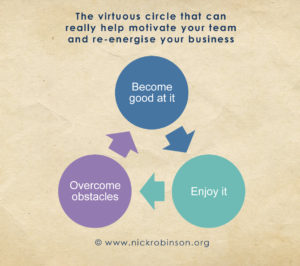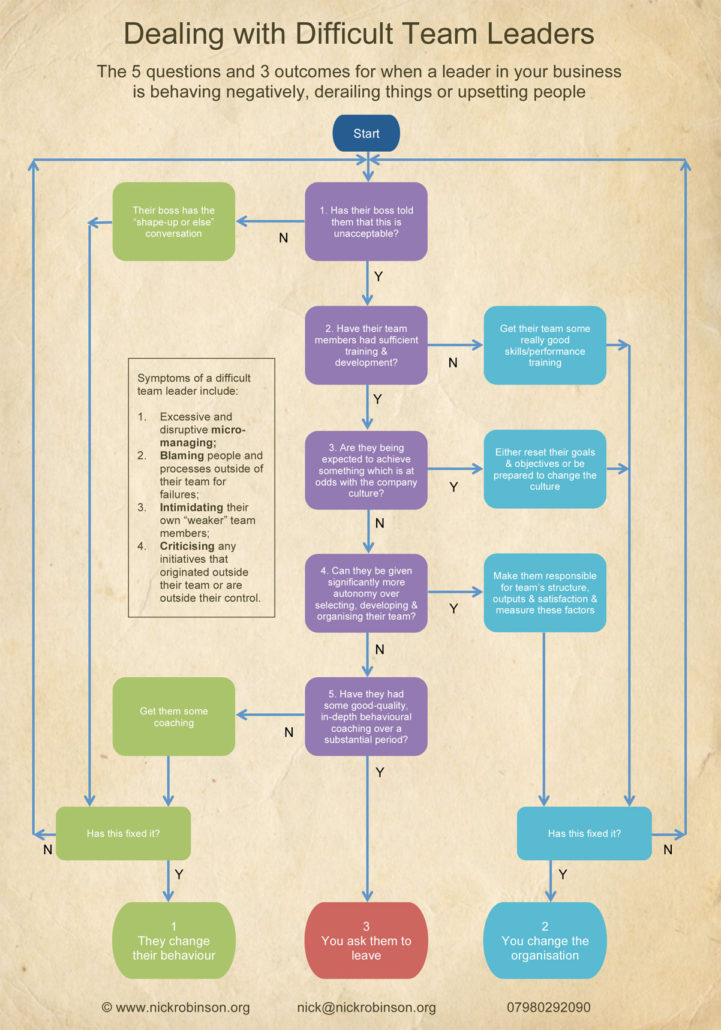Overcoming Self-Doubt
Nine Lies the Gremlin likes to tell you that create self-doubt and sabotage your confidence
Lie 1:
You’re the only one who feels out of their depth, doesn’t deserve to be there or thinks they’re not up to the task
The Gremlin is a shorthand term we use for the process of self-doubt, inner-criticism or limiting self-beliefs that people experience. If there’s one thing that’s helped me have more empathy and understanding in the 17 years I’ve been doing this job, it’s the realisation that everybody experiences this process at one time or another. Step one in working with the Gremlin is to accept that this process operates for all of us – this knowledge allows us to be more accepting of other people and more empowering towards ourselves.
Lie 2:
You’re peculiar even for thinking about the process of self-doubt and self-sabotage, let alone for wanting to work on it
Imagine for a moment that you are one of the very first human-being-like creatures, sitting outside your cave one pleasant summer’s evening over 100,000 years ago. You notice that the tall grass in front of you is waving about. Do you (a) assume it’s the evening breeze gently moving the grass, or (b) assume it’s a rather large tiger looking for supper and that you’re on the menu!?
Clearly it’s safer to assume that there’s a possible threat on the horizon. All of us alive today evolved from those early humanoids whose survival depended on being aware of daily threats to their very existence. Later, as our early ancestors developed into social groupings, emotional threats to our place in the tribe were also important to avoid.
So our brains evolved to rapidly and automatically scan for existential threats and it’s this same ‘monkey-brain’ mechanism that today still seeks to keep us safe from physical and emotional harm. Nowadays, the actual physical threats are reduced and it’s the emotional ones that mostly concern us: “I might look stupid”, “I should be more self-assured”, I’m not a good enough X…”. Fortunately, we also have more evolved higher-brain cognitive abilities and can think and work our way past this Gremlin process.
Lie 3:
There’s nothing you can do about feelings of self-doubt and lack of confidence; it’s just the way you are
This is one of the most powerful lies the Gremlin tells us. Remember, this is an evolved process that is trying to keep you safe from physical and emotional harm. Outside of actual clear and present danger, its logic is flawed but powerfully simple: change is dangerous; the status quo is known and therefore safe; therefore avoid the unknown and protect the status quo at all costs. Change, and your own attempts to change and grow, are a big threat to the Gremlin.
This is why the most important step in working past this process is to begin recognising it for what it is – a safety mechanism evolved to protect the status quo. We can work with this most easily by looking out for the kind of phrases the Gremlin likes to whisper in our inner ear: (“I shouldn’t be so…”, “I must be a better X…”, “I can’t ever do Y again…”, “I mustn’t keep…”).
Lie 4:
If you were happier or were doing more meaningful work, you wouldn’t experience so much self-doubt or lack confidence
There’s a great poem by Marianne Williamson that begins
“Our deepest fear is not that we are inadequate. Our deepest fear is that we are powerful beyond measure. It is our light, not our darkness that most frightens us.”
I think this poem is a great way of reminding ourselves that this Gremlin process will also operate to sabotage the good stuff and make us doubt the good times, just as much as the bad. It operates to protect the status quo – positive work and fulfillment and the growth they can lead to are perhaps even more of a threat to that.
Lie 5:
You need a really well thought-out argument to counter your Limiting Self-Beliefs
Take one of the most frequent things I hear from people’s Gremlins, which is something like this: “I’m the only one around the senior management table who isn’t really on top of things”.
To counter this, people often run through the opposite arguments: I am qualified in my subject; I have got years of experience; I did do the preparation for the meeting; I do take the time to keep up with what’s going on.
But why don’t these arguments always work?
The problem is that the Gremlin process uses your strengths against you.
So conscientious people never feel they’ve done enough preparation. Or people who are great at analysis see all the flaws in their own case. Or people with high levels of empathy sense the doubt and confusion in others and assume it’s about them.
Because it uses the very characteristics that make you a strong person, you can never fight the Gremlin head-on and you shouldn’t try. One of my trainers told me it’s like this:
Never wrestle with a pig, because the pig just enjoys it and you both end-up covered in muck!
Lie 6:
You automatically feel like this all the time
The Gremlin process sits in the parts of our brains that autonomously scan for threats and trigger our emotions. So it works incredibly fast. Especially when compared with the logical ‘higher-level’ brain functions. This speed and autonomy can make it feel like it’s always there, even when it’s not.
To free ourselves from feeling that we have these self-doubts, limiting beliefs and lack of confidence all the time, we need to practise spotting the Gremlins ahead of when they are likely to happen. This way we can use the more recently-evolved and higher-level parts of our brains to determine in advance what we actually want.
Lie 7:
You need to get rid of your Gremlins once and for all
This is another way the Gremlin likes to try and set us up to fail – and therefore preserve the status quo. Remember, this whole process exists to keep us safe from physical and emotional harm. In the right circumstances, it’s a useful trait. Even if it were possible to be rid of this process (and I don’t think it is), trying to get rid of it just denies the reason for it being there in the first place!
Instead of getting rid of the Gremlin process, our development and growth actually depends upon seeing it for what it is and learning to co-exist with it.
Lie 8:
You are weak; All your previous efforts to overcome this have failed; Better just to avoid challenging situations
Put the gremlins to one side for a while and get curious about just what it is that this process is trying to protect you from. Often the (warped) logic is pretty easy to follow. For example: If you believe you’re weak you won’t try, if you don’t try you can’t fail, if you don’t fail you won’t get hurt.
Or: If you avoid challenging situations you won’t have to let your assertive side show, if people saw how assertive you really can be they might not like you and then you’d be alone and isolated.
Taking the time to understand just what this previously unconscious process has been trying to protect you from is a great way of not letting the Gremlin run the show for you. Once you know what it’s been trying to protect you from, then you can decide consciously for yourself whether you really need that kind of protection.
Lie 9:
You should be ashamed of your self-doubt and lack of confidence
I’ve left this one ‘til last because it’s a particularly insidious lie. So that you don’t do something practical to work on the process, the Gremlin actually judges you badly for its own existence. In effect, you can have a Gremlin about your Gremlins!
There’s nothing to be ashamed of for having self-doubt and not having as much confidence as you’d like, for all the reasons discussed above.
Working with this process is about making it transparent and learning to co-exist with it. Beyond that, become curious about your own future.
When you learn to co-exist with your Gremlin, so that you see it there for what it is, and it’s useful when it is useful but doesn’t stop you when it’s not useful – then; what might be possible for you?
Our doubts are traitors and make us lose the good we oft might win by fearing to attempt
William Shakespeare, Measure for Measure




